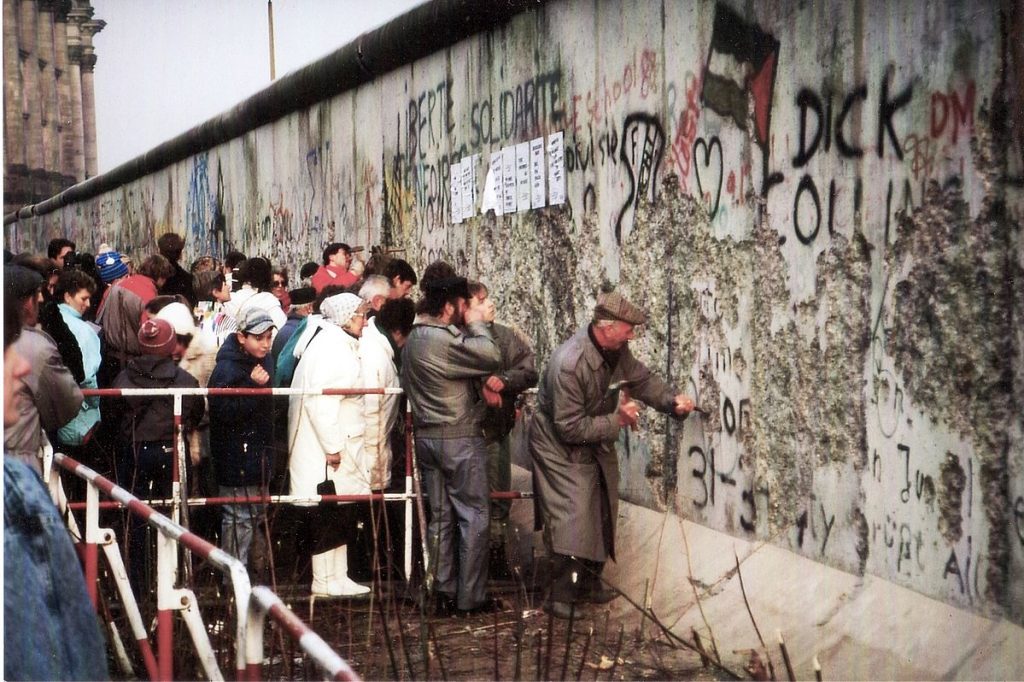In the heart of Europe, amidst a vibrant and interconnected continent, once stood a formidable barrier that symbolized the depths of division and oppression. The Berlin Wall, erected in 1961, became an infamous emblem of the Cold War and a stark reminder of the injustices inflicted by authoritarian regimes. Its construction forever etched a scar upon the fabric of a city and a nation, leaving an indelible imprint on the course of history.

Image: mungfali.com
The roots of the Berlin Wall can be traced back to the tumultuous aftermath of World War II. As the victorious Allied powers divided Germany into zones of occupation, the former capital city of Berlin was similarly partitioned. The eastern sector, controlled by the Soviet Union, emerged as a separate political entity known as the German Democratic Republic (GDR).
The division of Berlin ignited growing tensions between the communist East and the democratic West. In 1949, the Federal Republic of Germany (FRG) was established in the western zones, exacerbating the rift between the two German states. The desire for reunification among Germans on both sides of the border remained fervent, threatening to undermine the Soviet Union’s grip on its satellite state.
To stem the tide of East Germans fleeing to the West, the GDR leadership, under the iron-fisted rule of Walter Ulbricht, devised a sinister plan. On August 13, 1961, under the cover of darkness, armed guards and construction workers began erecting barricades of barbed wire and concrete slabs along the border with West Berlin. At dawn, the city awoke to the shocking sight of a seemingly impenetrable wall dividing it in two.
Over the following years, the Berlin Wall evolved into a formidable fortification, stretching for over 150 kilometers and guarded by watchtowers, electronic sensors, and armed patrols. East German citizens were forbidden from crossing into the West, effectively closing off their access to freedom and opportunity.
The Berlin Wall became a symbol of oppression and tyranny, a testament to the ruthless tactics employed by communist regimes to maintain their power. It cast a long shadow over the lives of Berliners and West Germans alike, reminding them of the fragility of freedom and the horrors that could be inflicted by authoritarian rule.
As the Cold War intensified, the Berlin Wall became a focal point for international tensions. Western leaders denounced it as a violation of human rights and a barrier to reconciliation between East and West. Protests and demonstrations erupted on both sides of the wall, demanding its removal and an end to the division of Germany.
In the autumn of 1989, the tide of history finally began to turn. The communist bloc was crumbling, and the Soviet Union’s influence was waning. Inspired by a wave of peaceful revolutions sweeping Eastern Europe, East Germans grew bolder in their demands for freedom.
On November 9, 1989, in a moment etched forever in the annals of world history, the Berlin Wall came crashing down. Thousands of East Germans poured into the streets, exhilarated and tearful as they crossed the border into West

Image: learnoutlive.com
What Was The Berlin Wall Brainly